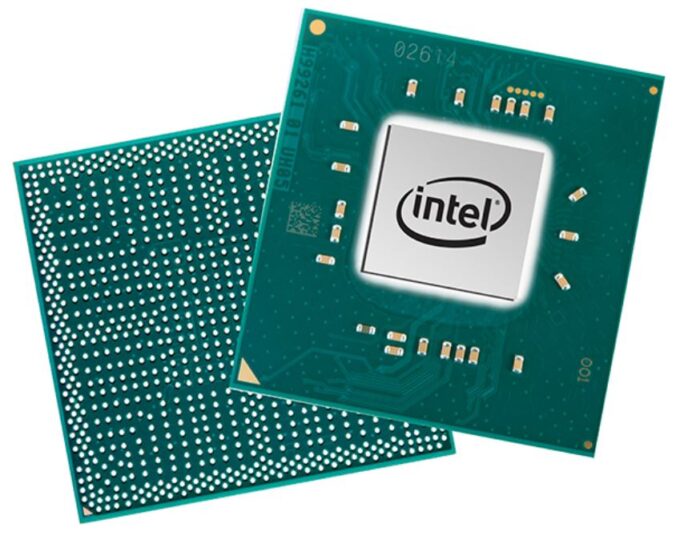Generally, no one talks about low performance and energy consumable chipsets as they are usually used in embedded systems like cars, smart bikes, smart homes, etc. Basically, they are based on low-performance devices. There are many manufactures who make this chip like Intel, AMD. Well, a vulnerability has been found in the Intel processors.
Similarly, CPU manufacturer AMD listed approximately 50 vulnerabilities affecting its EPYC CPUs, this time it’s Intel that’s on the news about intel vulnerability. According to sources, a vulnerability has been revealed in Intel’s Goldmont and Goldmont Plus low-power architectures. This new threat has the potential to reveal low-level security keys.
As per the reports, these vulnerabilities were found by Positive Technologies and this is a security breach that the CSME uses to access the keys stored in the CPU and its chipset.
The bug that received the reference code CVE-2021-0146, which is attacks directly on the processor.
This forces the processor into debug mode which gives high privilege levels, which allows extracting very sensitive information from inside the processor. And when we say very sensitive, we mean the keys and passwords used by the user.
Debugging feature Hidden
This speed-up debug mode isn’t always common to be had for any software program this is running on a processor, however, it’s far used all through overall performance checking out at the quit processor to affirm the operation of each of the commands that it has to follow. It works no one of a kind other than while we debug an application in a supply code to binary compiler.
Mark Ermolov of Positive Technologies said that the vulnerability requires gaining physical access to the computer after that, it tricks the chip into a test and debugs mode with excessively high permissions, from which the root encryption key can be extracted.
The extracted encryption key can be used for target attacks. In theory, employees of equipment vendors using Intel processors can extract Intel CSME firmware keys after that deploy spyware that cannot be detected by security software.
UEFI BIOS updates can plug this security hole, and affected systems want to take note of updates from their device manufacturers.


![7 Best CPU under 20000 [Updated 2022] best cpu under 20000](https://townofgeeks.com/wp-content/uploads/2021/12/best-cpu-under-20000-2-265x198.jpg)
